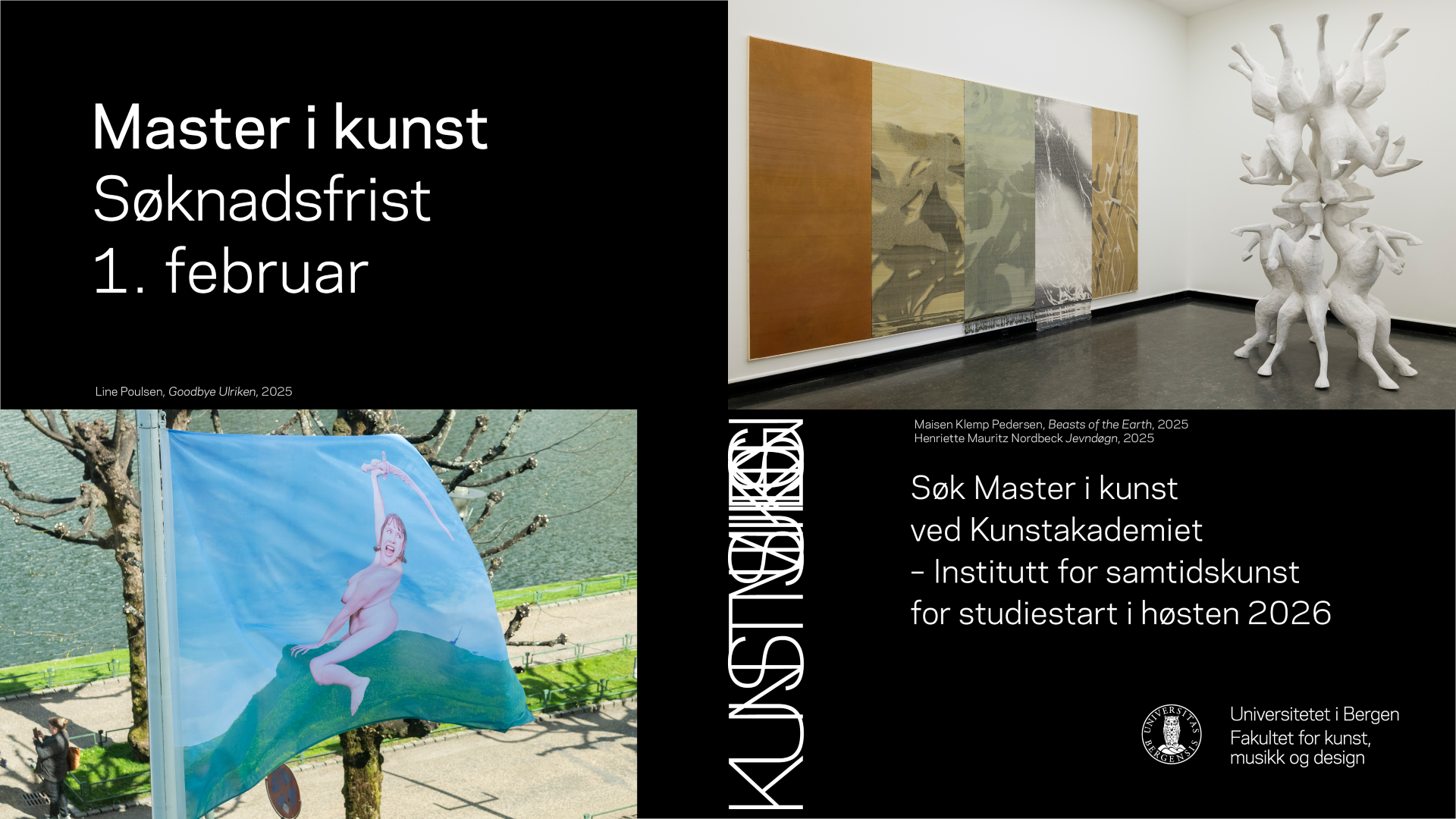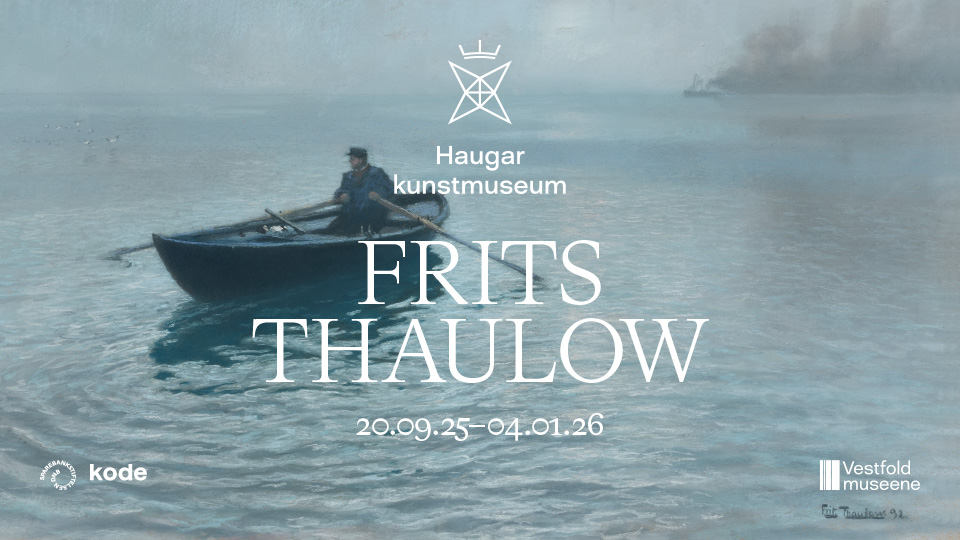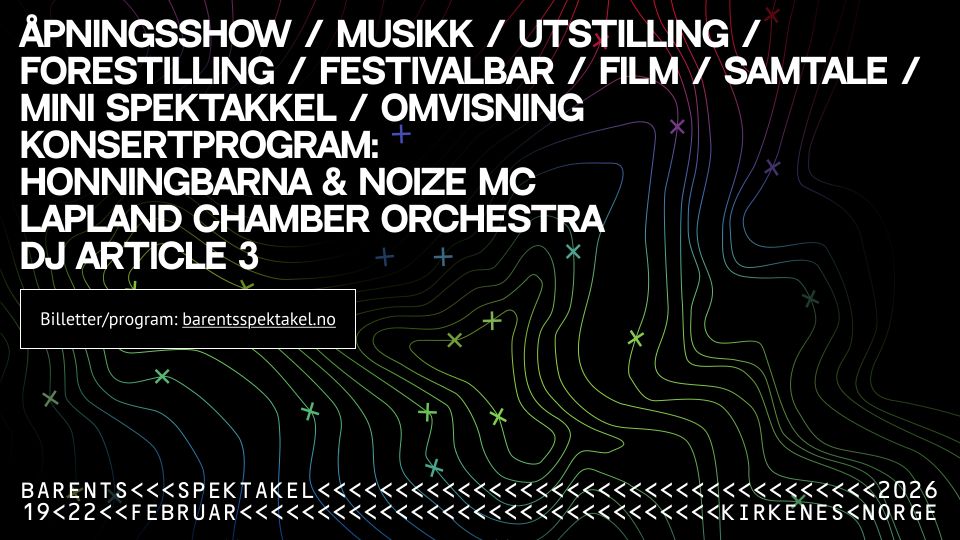
In a note in Artforum’s art-scene gossip column «scene & herd» Olafur Eliasson, responding to praise of his current exhibition Your Emotional Future at Pinchuk Art Centre, is quoted as saying that he only does half the work, the understanding being that the audience does the other half—completes the work, so to speak—by visiting it. The «your» in the exhibition title recurs in several of Eliasson’s works as far back as 1997, for example in Your space embracer, Your invisible house, Your waste of time, Your mobile expectations: BMW H2R Project, Your watercolour horizon, Your making things explicit, and most recently Your Rainbow Panorama, a rainbow-colored, circular corridor at the top of the art museum ARoS in Aarhus, Denmark. Your Rainbow Panorama is not part of the exhibition at Pinchuk Art Centre, but simply on the basis of this collective «your» one may assume that the audience has also been considered to have a similarly contributing role in connection with Aarhus’ new identifying symbol.
When that’s said, of course, it doesn’t mean that Eliasson only does half the work. At least not literally. His works are products of the impressive apparatus of experts from a broad spectrum of relevant disciplines with which he has allied himself through the years. To say the audience contributes on equal footing with this apparatus is disproportionate, the expression of a modesty with which Eliasson as the machinery’s commander—genius, if you will—has absolutely no reason to adorn himself. He is the greatest setter of stages and entrepreneur on the contemporary art scene. Beyond his leadership of a school and production workshop of Renaissance-like dimensions in Berlin, he has created a waterfall in the East River in New York (even partly paid for out of Mayor Michael Bloomberg’s own pocket), designed the facade of a combined concert house and conference center in Reykjavik, and been commissioned to create a work for next year’s Olympic Games in London, the same city where in 2003, with his artificial sun in the Tate Modern Turbine Hall and his developed sense of popular-culture logistics, he mobilized a sensational human be-in composed of visitors. This is contemporary art realized on an exceptional social, political, and economic scale. But when he now says that the audience does half the work, doesn’t he deserve to be taken seriously?

Theoretically the commentary should probably be understood as an extension of the notions of «the death of the author» and «the open work» which permeated historical conceptual art in the 1960s, together with minimalism’s phenomenological focus on objects and space and the experiencing, perceiving subject’s relation to them. In Eliasson’s art, descended from the 1990s fascination with the relational, these ideas are updated to a new understanding or, more exactly, a rediscovery of the artist as director of democratic spaces and processes. His works are conceptualized as open quantities which don’t indocrtrinate the audience about what they should sense and think and experience, but quite the contrary generously invite the audience to experience—see, sense, and think through—the works and their own relationship to them. In this sense the works function as a kind of mirror, a source of reflection, where audience members can «see themselves sense», as one of his trenchant formulations has it.
Eliasson’s rediscovery of the artist also includes the artist’s transformation into a business owner and employer. So if we now take him even more seriously and understand the commentary not just theoretically, what would it mean more precisely in practice, that he only does half the work and the audience does the other, completing half? Of course it’s really not the meaning here that «work» will be taken literally. It’s not the kind of work that people all over the world do every day to earn money to live on, whether it’s as a free-lance writer about art or in a factory. It’s a metaphorical circumlocution that locates itself in the slipstream of a broadened, post-Marxist concept of work, a concept having particular value in the creative industries and more generally in cognitive capitalism, which purposely challenges a strong distinction between work and leisure, and between work and art, for that matter. In this context work refers to a general form of activity not defined by time and space, still less by contractual relationships and professional or technical categories, but which is constantly unfolding regardless of where the «worker» is located. As opposed to assembly-line work of the industrial age, the activity is rewarding for the worker’s self and indicates seriousness, engagement, and cultural capital. In this sense Eliasson’s audience doesn’t carry out work understood as concrete «labor» but as abstracted «work».
But in a time of crisis like the present it will not do to speak loosely of work. What then happens if we don’t just take Eliasson seriously, but also at his word? Can’t a practitioner of his caliber be called to account on that? And in addition it is surely a presupposition for a democratic discussion that words can refer to a common, unified horizon of understanding. We can begin by asking if the audience works for or together with Eliasson. Next the question becomes one of premises. And if we forget the neo-liberal newspeech about the compulsion to work resulting in self-realizing projects, we might then ask appropriately what Karl Marx would say about these premises.

Is the work the audience does in connection with a work by Eliasson comparable, for example, to what freelance-bloggers do for the popular news-website The Huffington Post? There are obvious differences in what and how bloggers and audience members contribute. The Huffington Post offers bloggers a platform where they can promote themselves, whereas Your Rainbow Panorama offers the audience a unique personal experience. Even so there seem to be structural parallels. In addition to both cases involving talk of creating (a feeling of) increased belonging and energy, bloggers and audience members contribute to the products’ economic and cultural value, and in both cases the real financial profit goes to the artist. In a commentary on owner Arianna Huffington’s recent sale of The Huffington Post to AOL, blogger Chris Hedges writes about the problematic relationship between unpaid labor and profit in the Web 2.0 version of the experience economy: «Any business owner who uses largely unpaid labor, with a handful of underpaid, nonunion employees, to build a company that is sold for a few hundred million dollars, no matter how he or she is introduced to you on the television screen, is not a liberal or a progressive.»
… and he continues …
«If Huffington has a conscience she will sit down when the AOL check arrives and make sure every cent of it is paid out to those who worked free or at minimal wages for her over the last six years, starting with Mayhill Fowler, the blogger who broke the «clinging to guns and religion» story about Barack Obama during the 2008 presidential campaign and spent two years writing and reporting without a salary».

If for a moment we ignore business as usual and the hierarchies it involves, might we imagine something similar with Eliasson’s works, i.e., a model in which he shares the profit from his projects with his working audience? Or alternatively a kind of stock-based solution which could create a form of actual ownership harmonizing with the «your» of the title? Of course Eliasson’s expenses would be covered and he would be paid well for his idea and his labor, but beyond the memory of the experience, hasn’t the audience earned more concrete pay for its labor?
Admittedly the thought is deeply speculative and extremely difficult to realize in practice, but it is also genuinely stimulating as an extension of the tradition of institutional critique—a tradition in which Eliasson himself inscribes his work. The thought becomes even more interesting in that the audience, unlike bloggers for The Huffington Post, doesn’t work gratis. The audience pays to work. The special time-specific tickets to go into the artistic work are given out only on presentation of the ticket one buys on entry to the museum. And in this instance you really don’t need to recall Marx to understand that this is a capitalist’s ultimate dream.








